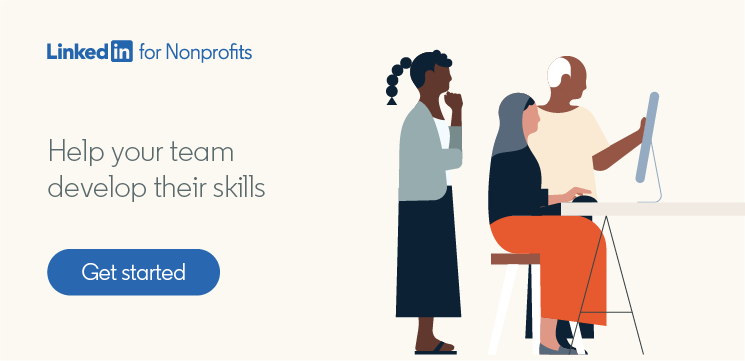
5 Steps Nonprofits Can Take to Support LGBTQ+ Employees
Today, May 17, marks the International Day Against Homophobia, Transphobia and Biphobia (IDAHOTB), a day established in 2004 to draw attention to the discrimination still experienced by countless members of the LGBTQ+ community around the world. Unfortunately, the nonprofit sector is not immune to these issues. Research from 2018 found that LGBTQ+ individuals working in philanthropy are more likely to be in the closet than those in the corporate world, which can make people feel isolated and alone at work. What’s more, nearly one in five say that their sexual orientation has had a negative impact on their career.
Recognizing IDAHOTB and Pride Month signals to your LGBTQ+ employees that they are valued and your organization is committed to inclusivity. But to truly foster a sense of belonging, these celebrations need to be backed by year-round efforts to promote allyship, prevent discrimination, and ensure all employees feel comfortable bringing their authentic selves to work.
With that in mind, here are a few meaningful steps you can take to create an inclusive work environment and support your LGBTQ+ employees every day of the year.
1. Communicate your policies
Even in countries that have formal protections in place to prevent employers from firing LGBTQ+ workers on the basis of their sexual orientation or gender identity, some LGBTQ+ employees face harassment and unfair treatment from their coworkers and managers. To ensure people feel confident speaking up when they experience or witness such behavior, it’s essential to clearly communicate your organization’s policies around discrimination and harassment, including how to file a report, whether they can do so anonymously, who their HR business partners are, how the process works, and what will happen afterward. Make sure employees know where they can find this information, and make it easy for people to ask questions if they’re unsure what to do in a certain situation. Having a written policy around harassment is important, but if employees don’t know what it says, it won’t guide their actions.
2. Educate yourself and your team
Taking the time to educate yourself on LGBTQ+ issues can help you become a stronger ally. This extensive list of resources compiled by Buffer is a good place to start, featuring everything from a quick primer on LGBTQ+ identities to specific resources for good allyship. Next, you could explore LinkedIn Learning resources like this Learning Path on Diversity, Inclusion, and Belonging for All and encourage your team to do the same. It's also important to build authentic relationships and actively listen to the lived experiences of LGBTQ+ coworkers and friends (if they feel comfortable sharing).
3. Allow flexibility
The recent shift to remote work has led to some transgender employees feeling more comfortable coming out to their coworkers and beginning their transition. As your nonprofit starts to develop its return-to-workplace plan, consider retaining work-from-home options to give employees the space they need to make decisions like this. All employees can benefit from workplace flexibility, so this may also help you retain great talent and boost morale.
4. Offer inclusive benefits
While your nonprofit might not be able to offer some of the flashy perks that big companies do, looking for ways to make your benefits package more inclusive to LGBTQ+ employees signals that you’re committed to supporting them both at and outside of work. This might include coverage for transgender healthcare options or paid parental leave for adoption. If you’re not sure what you can offer, it never hurts to speak to your benefits provider to find out.
5. Normalize sharing pronouns
For many transgender, genderfluid, and nonbinary nonprofit professionals, being misgendered at work can be an upsetting experience. Taking small steps to normalize the conversation around correct pronouns—like encouraging staff to add their pronouns to their email signatures and bios—can help send a powerful message about inclusivity. Be sure to explain why this is important, since some employees may never have thought much about it before.
Helping your LGBTQ+ employees feel like they can be themselves at work allows them to focus on changing the world. To find more educational resources that can help you foster diversity, inclusion, and belonging at your nonprofit, explore our nonprofit learning solutions today.
This post was inspired by the LinkedIn Talent Blog article “4 Steps LGBTQ+ Employees Say Companies Can Take to Be More Inclusive.”

